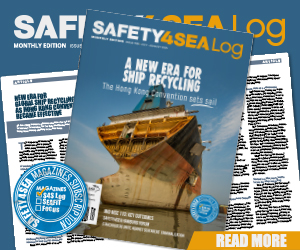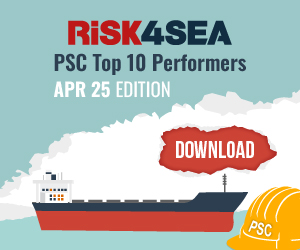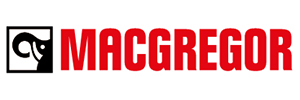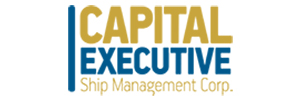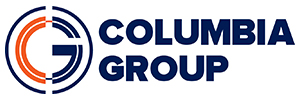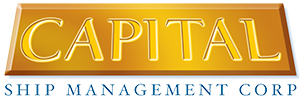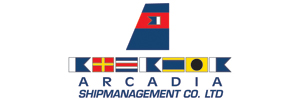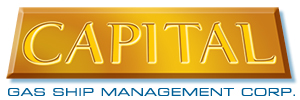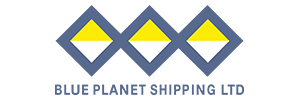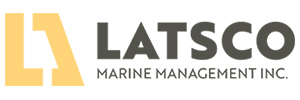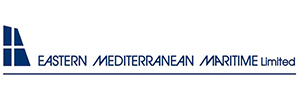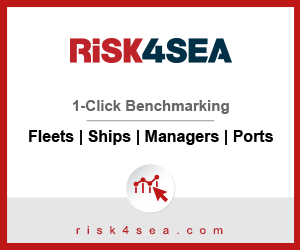DNV has issued an update on the recent decision by 16 OSPAR contracting parties to phase out EGCS (Exhaust Gas Cleaning System) discharge in the coastal waters of the north-east Atlantic. Under the new rules, open-loop discharge will be restricted starting 1 July 2027, followed by a ban on closed-loop discharge from 1 July 2029.
The OSPAR Convention governs the north-east Atlantic region. A potential extension of the ban to the Mediterranean Sea will depend on decisions by Spain and France. Meanwhile, Denmark, Finland, and Sweden have already implemented regulations banning open-loop scrubber discharges in their territorial waters (up to 12 nautical miles), including the Baltic Sea, effective from 1 July 2025. It is worth mentioning that this decision by OSPAR has been called into question by the Clean Shipping Alliance (CSA).
To ensure compliance at OSPAR ports, DNV offers the following guidance:
- Ships capable of operating in zero-discharge mode should face no major issues with the upcoming restrictions.
- However, limited holding tank capacity may reduce operational flexibility for some vessels.
- Ships with open-loop or hybrid EGCSs and no holding tank should plan for a zero-discharge upgrade before the relevant deadlines.
- If upgrading is not feasible, switching to compliant fuel while in port remains the only viable option.
Any modification to an approved EGCS requires amendments and approval of the relevant statutory documents and, where applicable, MED certification.
Since conversion to hybrid mode affects system performance in terms of both air and water emissions, the latest scrubber guideline – MEPC.340(77), effective from 1 June 2022 – should be applied for statutory re-approval.
Considering the significant changes introduced in this guideline compared to earlier revisions, upgrading older EGCSs to hybrid mode may also require additional system updates, including revisions of all related statutory documentation.
DNV also notes that there may be several reasons for engaging a different company to carry out a scrubber modification project than the one that originally designed and installed the EGCS.
As much as this scenario is possible from the perspective of statutory approval, it has some consequences, especially considering document approval and MED certification:
- If alteration approval follows the same scrubber guideline as the initial approval, revising the entire set of statutory documents may be avoided by preparing expressive addendums to the original document. If the EGCS needs to be re-approved according to MEPC.340(77), all statutory documents need to be revised by the manufacturer in charge and submitted for approval.
- For installations subject to MED certification, a new application needs to be submitted. MED regulations only allow one single applicant for a complete EGCS. Consequently, the new applicant is taking over legal responsibility for the entire modified system. MED certification is usually applied for by the EGCS maker, who also needs to issue an EU Declaration of Conformity confirming fulfilment of the requirements relating to the product.











































